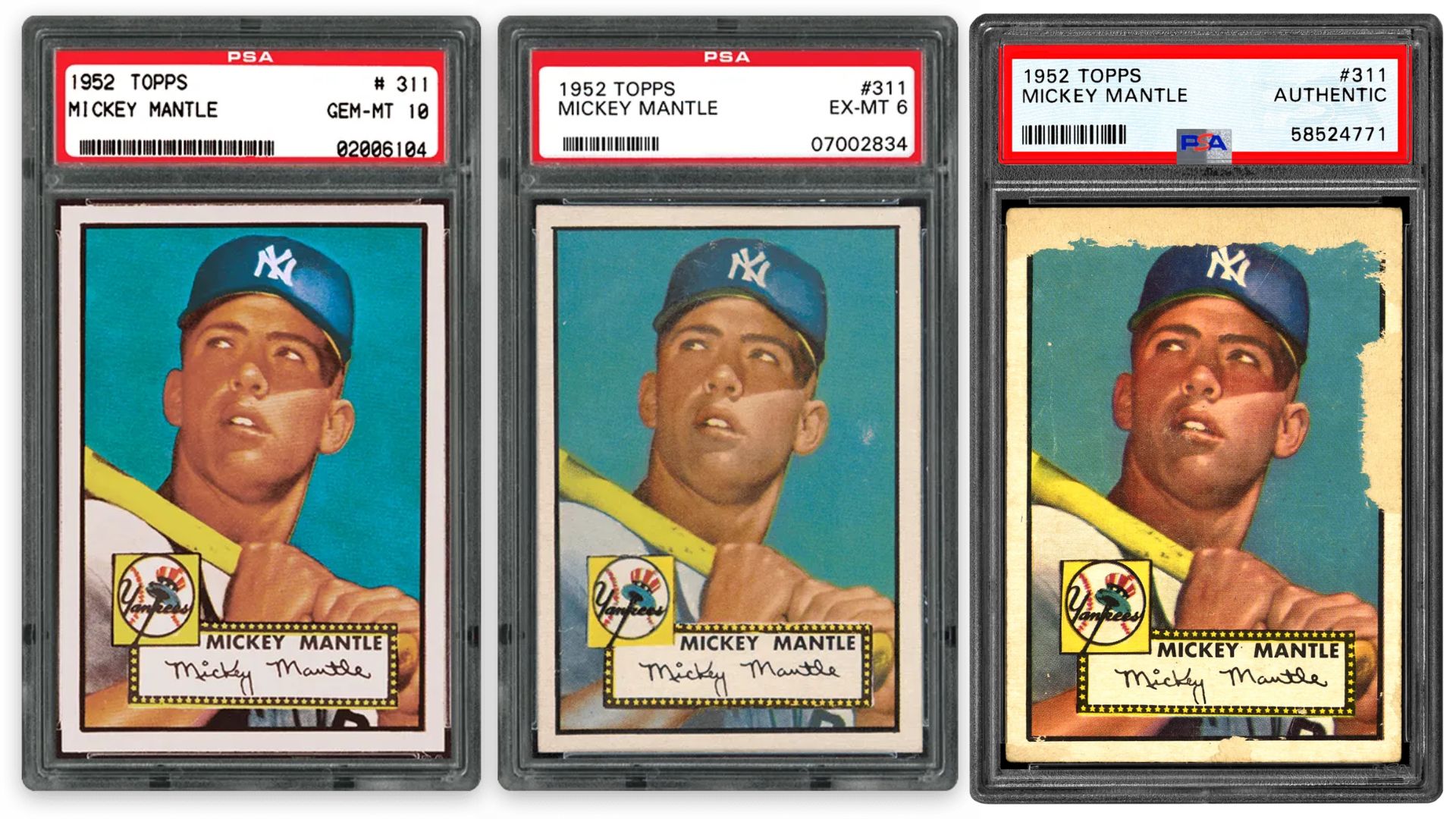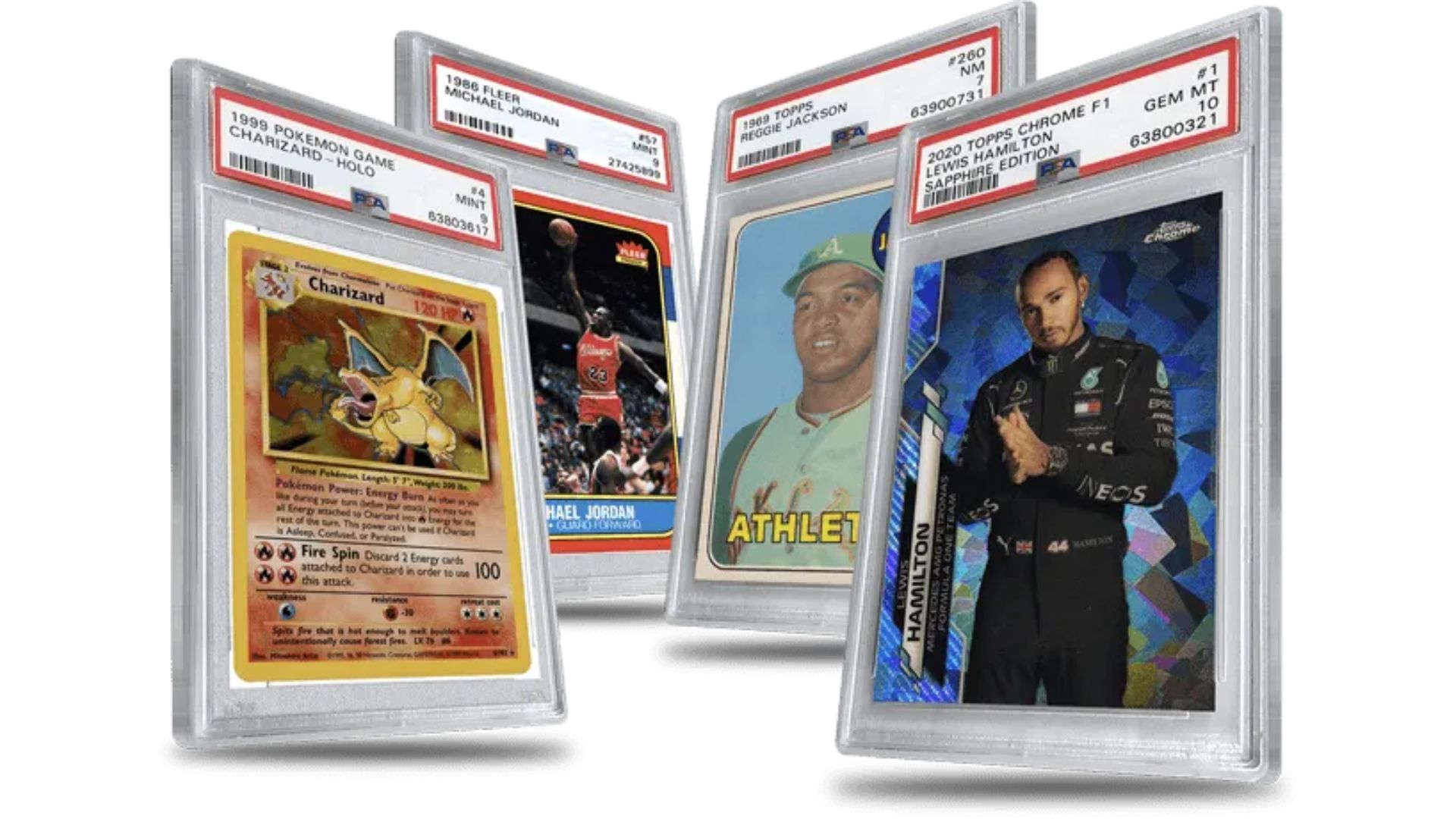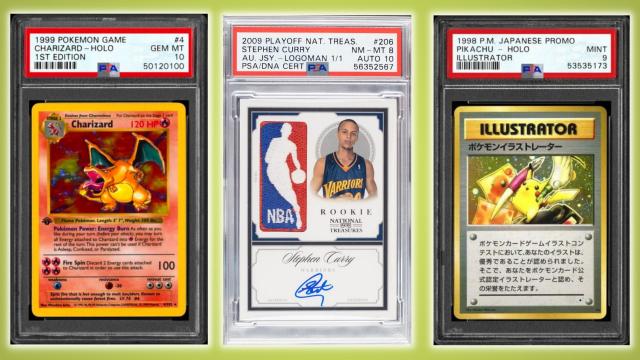Whether it’s dust, coins or water bottles, humans sure love to collect things. For some, it’s a hobby but for others, it’s an investment. In some ways similar to stocks, collecting highly-sought after or rare items can result in a huge return on investment. But what’s really garnering interest today is trading cards.
There are many different kinds of trading cards out there, from Pokémon to Yu-Gi-Oh and Magic the Gathering to sports cards of your favourite NBA and baseball players.
While you can assign sentimental value to a card of your favourite Pokémon or basketball player, leagues of collectors might disagree. A rare card might have been bought for 10 cents back in the day, but it could be worth thousands in the future.
So, how do you determine if you’ve got a meal ticket lying in your back closet? Well, one of the best ways to find out is by jumping on eBay’s online marketplace and checking out some of the trading cards for sale from other sellers or by submitting your cards to an official grading company.
Keep in mind that you’ll want to submit your cards sparingly since each card sent will incur a separate fee. Of course, you don’t have to get your cards graded. There are plenty of opportunities to sell (or even buy) ungraded or “raw” cards at eBay Australia if you’d prefer to make a quick buck.
Grading refers to the act of paying a professional “grader” to examine your card and assign it a score. It usually comes down to two different, but very complex factors: condition and rarity.
If you want a better understanding of how the professionals grade your Pokémon or sporting cards to learn how much they could be worth, then read on.
What goes on during the trading card grading process?

Aside from ensuring the card is authentic, one of the first things a professional grader will look at is the condition your trading card is in. There are a few things they look for, but if you want the best possible score, your card will need to look as though it’s fresh out of the box.
Trading cards are typically scored on a scale from one (poor) to 10 (Gem Mint) across most grading companies. The higher your card is scored, the better value it has. As a rule of thumb, you should always aim for a nine at the very least.
Keep in mind, however, that a card that is deemed a 10 by one company, may also be considered a nine by another. Since each company uses its own grading scale, and its own set of factors when judging a card, it’s always good to compare two graders’ scales before assuming that one person’s “Gem Mint” is another person’s “Mint”.
A low-scoring card will exhibit several defects, including missing pieces, major creasing, extreme discolouration and dirtiness. All of this severely damages what’s referred to as the “eye appeal” of the card, making it difficult for the grader to examine it properly (and less pleasing to look at).
Even better-preserved cards can still have issues such as peeling corners, splitting edges and scratches on the art or gloss that will decrease its value even if most of the card appears intact.
Take these two Special Delivery Pikachu trading cards that were sold on eBay Australia last month. One that was classified as a PSA 9 sold for $399.95, while the PSA 8 sold for $100 less. Both are rare and mint condition cards, however, the value of the PSA 9 ultimately earned it a better price.

And if you thought that was all, it turns out that centring is another crucial aspect that is measured when you’re getting your trading cards valued.
Centring refers to how the borders are evenly balanced around the card and whether the image sits perfectly in the middle. Some graders will overlook or place less emphasis on centring if the card itself is in pristine condition, while others find it just as important.
If you want one of your cards to be classified as Gem Mint (or a 10, as dictated by PSA), it will require four sharp corners, crisp focus on the image, little to zero wear-and-tear and its full original gloss. But most importantly, the image on the card must be centred no more than 55/45 to 60/40 per cent on the front and 75/25 per cent on the back.
Once the expert is satisfied with their grading, your card will be slabbed in a protective case with a label printed and encased alongside it before it’s sent back to you.
If you’re excited to start growing your trading card collection, make sure you check out eBay Australia’s trading card hub.
For a limited time, you can save up to $100 on Pokémon trading cards by using the promo code CRTCG (Ts & Cs apply).
For those who aren’t sure where to start, you should check out the popular Evolving Skies trading card set or wait for newest Pokémon TCG, The Silver Tempest, to drop on November 18.

Leave a Reply
You must be logged in to post a comment.